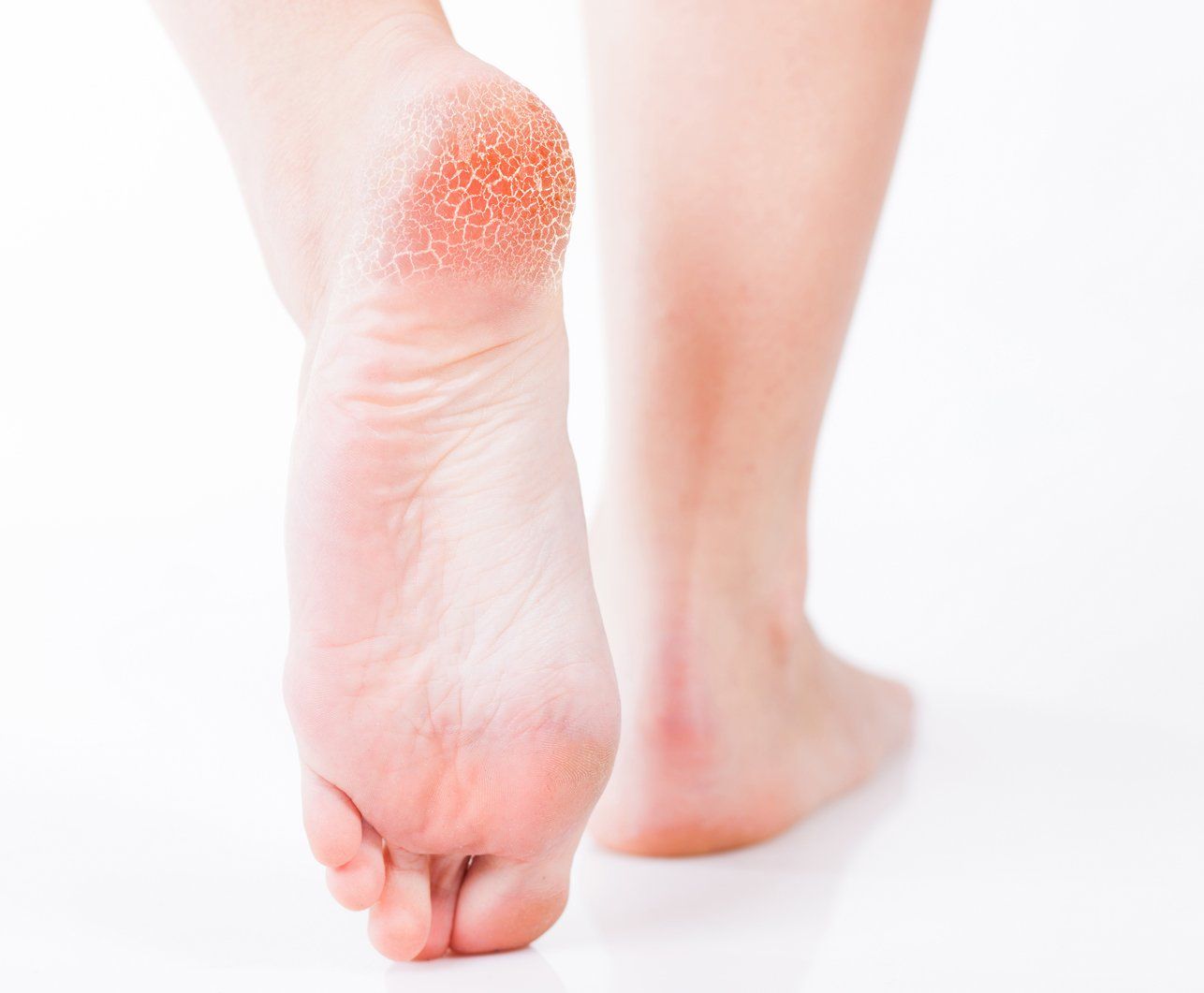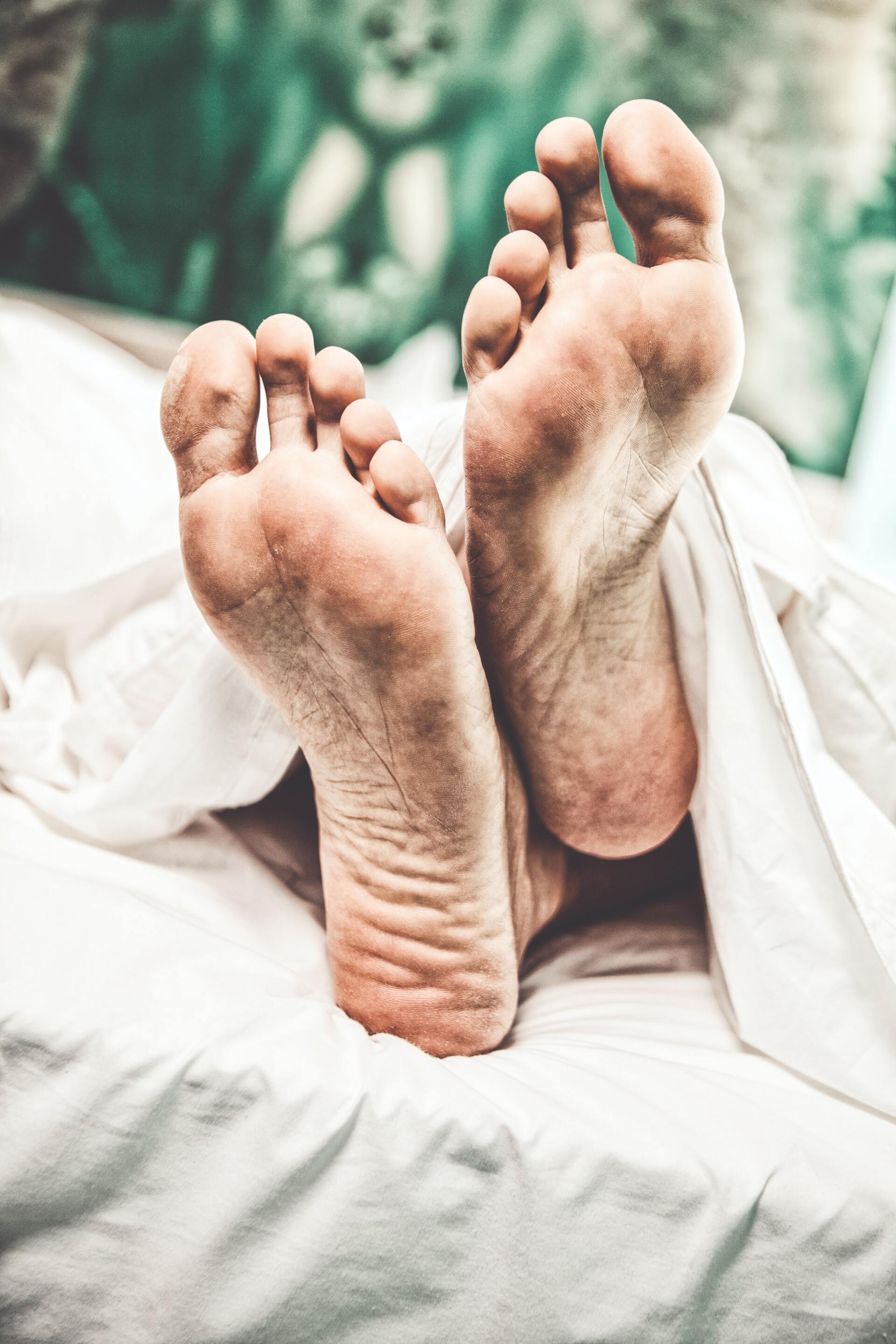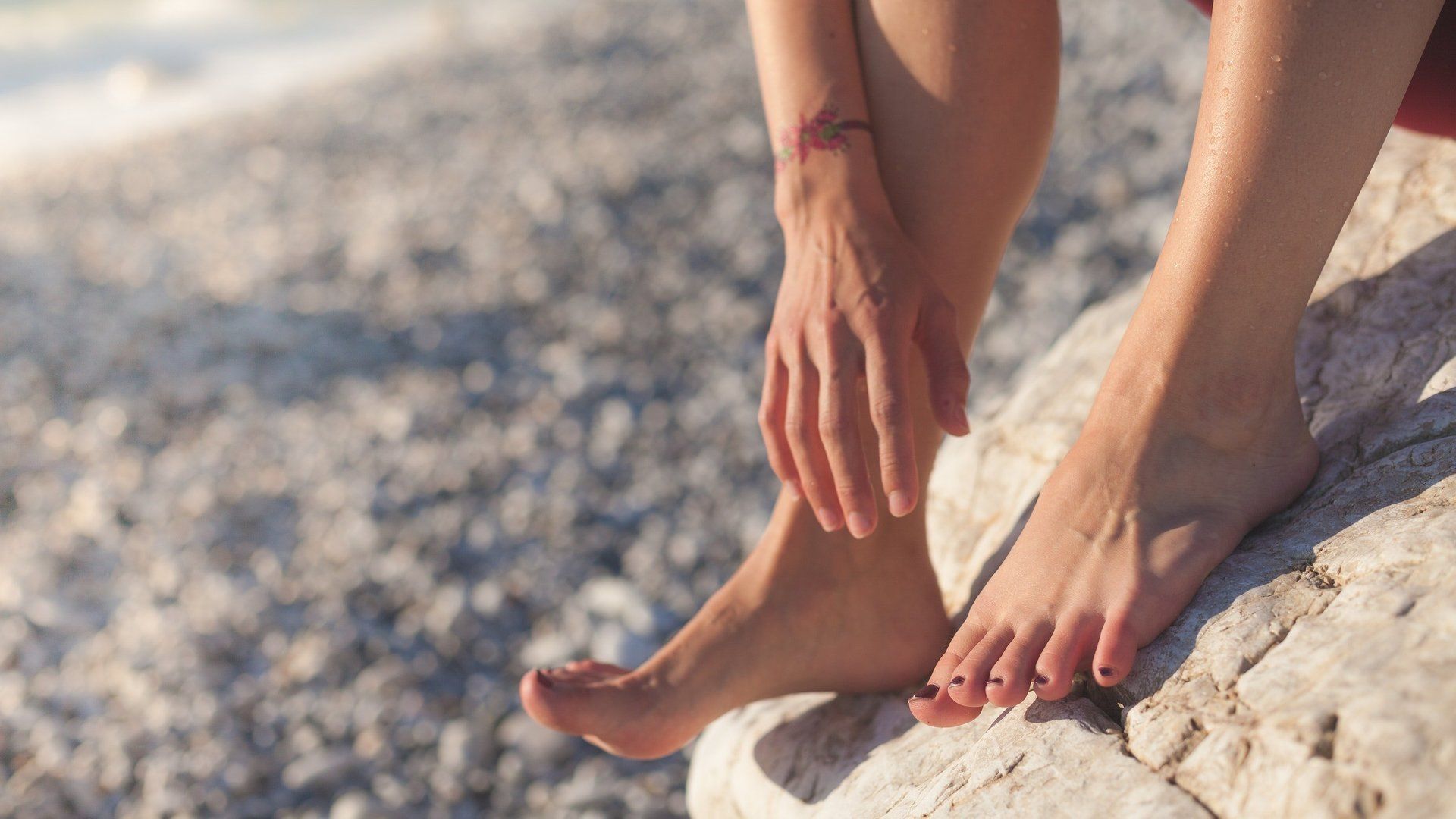Newcastle Foot Clinic - Feet Problems We Can Help With

A verruca is simply a wart that is usually found on the soles of feet, though they can also appear around the toes. In the early stages, a verruca looks like a small, dark, puncture mark but later turns grey or brown. It may become rough and bumpy with a cauliflower-like appearance and may develop a black spot in the middle, which is caused by bleeding. A verruca can grow to half an inch in diameter and may spread into a cluster of small warts.

When walking, your heels repeatedly hit the ground with considerable force. They have to be able to absorb the impact and provide a firm support for the weight of the body. When pain develops in the heel, it can be very disabling, making every step a problem, affecting your posture. There are various types of heel pain. Some of the most common are: Plantar fasciitis; heel bursitis and heel bumps.

An ingrowing toenail is one that pierces the flesh of the toe. It can feel as if you have a splinter, be extremely painful and inflamed or infected. In more severe cases, it can cause pus and bleeding. Ingrowing toenails most commonly affect the big toenail, but can affect the other toes too. Whereas a nail that is curling (involuted or convoluted) into the flesh, but isn’t actually piercing the skin, isn't an ingrowing toenail but can feel very painful and also appear red and inflamed as well.

Do you know what a Podiatrist can do? And how we can help you? A Podiatrist/ Chiropodist is a state registered professional offering treatments in the lower limb and foot. All of the Podiatrists at Newcastle Foot Clinic are qualified at degree level with honours, registered with the Health and Care Professions Council and members of the Society of Chiropodists and Podiatrist. At Newcastle Foot Clinic the Podiatrists/ Chiropodists offer a range of treatment options for lower limb and foot complaints.

Planter Fasciitis: A Quick Explanation. . .When pain develops in the heel, it can be very disabling, making every step a problem. Planter fasciitis is caused by inflammation of the connective tissue that stretches from the base of the toes, across the arch of the foot, to the point at which it inserts into the heel bone.

When we walk or stand, our body weight is carried first on the heel and then on the ball of the foot, where the skin is thicker to withstand the pressure. When this pressure becomes excessive, some areas of skin thicken in the form of corns and callus, as a protective response to the body’s reaction to the friction of skin rubbing against a bone, shoe or the ground.

More than 15% of women in the UK suffer from bunions, but what is a bunion? A bunion, also known as ‘hallux valgus’ is a deformity of the big toe in which the big toe excessively angles towards the second toe and leads to a bony lump on the side of the foot. This can also form a large sac of fluid, known as a bursa, which can then become inflamed and sore.

Athlete’s foot is a skin fungal infection. It can lead to intense itching, cracked, blistered or peeling areas of skin, redness and scaling. It can occur on moist, waterlogged skin usually between the fourth and fifth toes initially, or on dry, flaky skin around the heels or elsewhere on the foot. Large painful fissures can also develop and the condition can also spread along all five toes and sometimes to the soles of the feet if left untreated.











